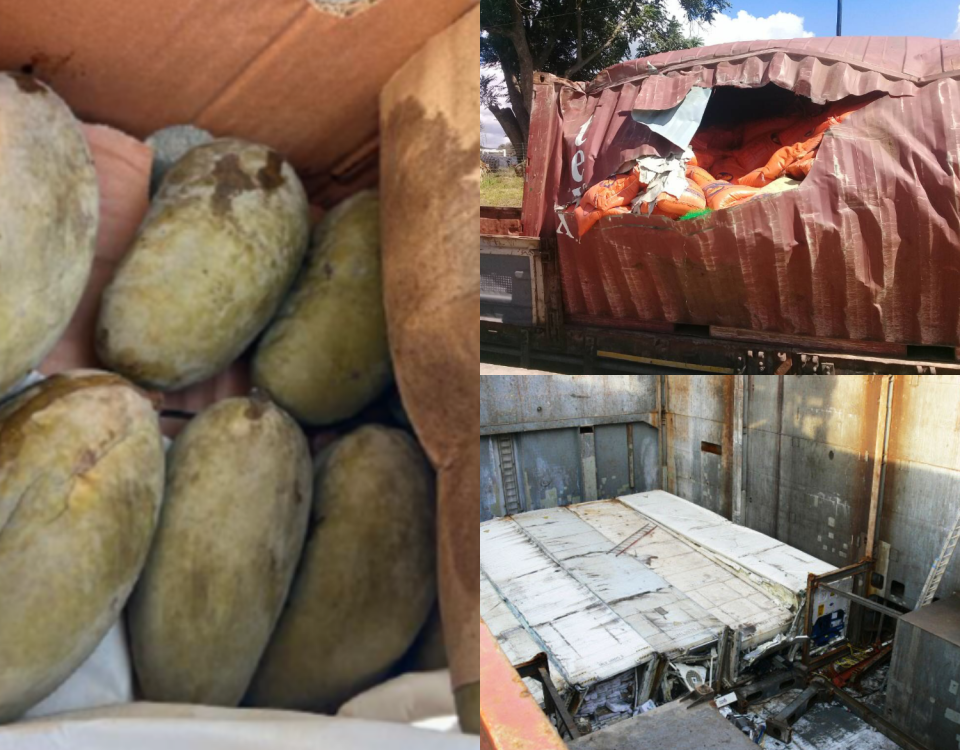4 Most Common Types of Cargo Damage

Unlocking the Secrets: What Makes a Cargo Claim Recoverable?
May 12, 2023
From Rejection to Redemption: How Recoupex Rescued a Rejected Cargo Claim
May 12, 2023Cargo damages can manifest in numerous forms, each presenting unique challenges to exporters and importers. In this blog post, we explore nature of cargo damages, shedding light on the diverse range of challenges faced in the transportation industry. Understanding these different types of damages is essential for effective risk management, evidence collection and the implementation of loss prevention.
- Physical Damage: A Visible Threat
Physical damage is perhaps the most apparent and widely recognized form of cargo damage. It occurs when goods suffer visible harm, such as dents, scratches, breakage, or spoilage. Factors like improper inadequate handling during loading nd unloading operations, road, rail accidents during transportation can contribute to physical damage. Cargo contamination with varmints, gas, or odor is also considered physical damage.
Mitigating physical damage requires evidence of sound cargo condition prior to loading and damaged cargo at the arrival. Adherence to proper packaging and weight standards to safeguard the cargo’s integrity, throughout the shipping process will help exporter to prove that cargo damage was caused by the carrier.
- Water Damage: The Hidden Culprit
Water damage pose a significant threat to various types of cargo, particularly foodstuff, garments, furniture. Poor container conditions, holes, leaks within shipping containers can result in dampness, mold, mildew, or rust. Preventive measures include rejecting container at the origin, if defects are visible, ensuring evidence collection of the sound container and dry cargo at the loading of container and cargo condition at the discharge.
- Reefer Cargo Damages: Preserving Perishables
Maintaining optimal temperature conditions is critical for perishable goods, pharmaceuticals, or other temperature-sensitive cargo. Deviations from the recommended temperature range, excessive transit time can lead to spoilage, degradation of quality, or loss of effectiveness. Advanced temperature control systems, insulated packaging, and temperature monitoring technologies and evidence collection proving that exporter followed and complied with the best industry practices play a vital role in recovering reefer cargo claims.
- Theft and Pilferage: Protecting Valuables
Cargo theft and pilferage pose a constant challenge for the shipping industry. The theft of high-value goods or unauthorized access to cargo can result in significant financial losses. Enhancing security measures, such as tamper-evident seals, GPS tracking, and secure storage facilities, helps deter theft and safeguard valuable cargo.
Cargo damages come in various forms, each presenting unique challenges and risks to the shipping and logistics industry. By understanding the diverse nature of damages, stakeholders can implement preventive measures and adopt effective risk management strategies to minimize losses. Vigilance, proper packaging, temperature control, security measures are key elements in mitigating the impact of cargo damages and ensuring a smoother recovery from liable carrier.



